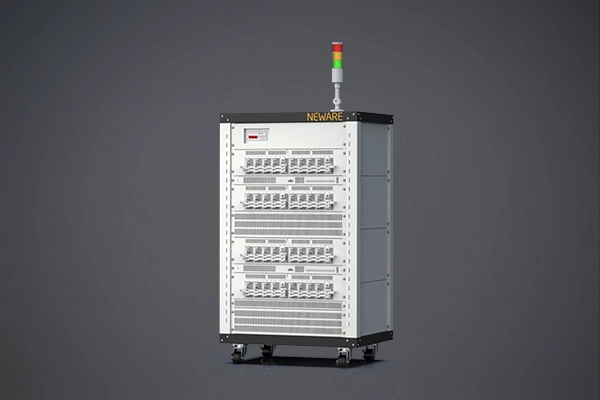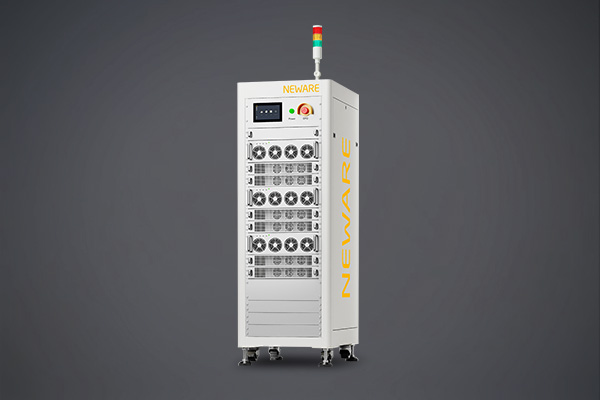A counter electrode is an essential component in electrochemical experiments. It forms a circuit with the working electrode to allow the current to pass, ensuring that the studied reaction occurs on the working electrode.
In electrochemical experiments, a three-electrode system is commonly used, which includes the working electrode, reference electrode, and counter electrode. The working electrode is responsible for the studied reaction, while the reference electrode provides a stable potential as a reference to accurately measure the potential changes on the working electrode.On the other hand, the counter electrode is employed to forms a circuit with the working electrode to maintaining the stability of current.
The counter electrode is usually positioned opposite to the working electrode to ensure the integrity of the circuit.without affecting the reaction on the working electrode.
An electrochemical experiment is conducted to study the reduction reaction of iron ions. We select platinum as the working electrode to facilitate the occurrence of the reduction reaction on its surface. Then, we choose a silver/silver chloride reference electrode to provide a stable potential reference.
To maintain the stability of the circuit, we need a counter electrode. In this case, we can choose a carbon counter electrode. As the current passes through the working electrode, the counter electrode will provide the opposite direction of the current to balance the circuit and prevent charge accumulation. This ensures that the reduction reaction of interest primarily occurs on the working electrode.
In summary, the counter electrode plays a crucial role in electrochemical experiments by balancing the circuit and preventing charge accumulation, thereby ensuring that the studied reaction takes place on the working electrode.
Electrodes that are studied for electrochemical reactions occurring on their surfaces/interiors.
The working electrode is also a crucial component in electrochemical studies. It refers to the electrode where electrochemical reactions are studied, specifically occurring on its surface or within its interior.
In electrochemical experiments, the work electrode acts as the site for the desired electrochemical reaction to take place.
The choice of the work electrode material depends on factors like the nature of the studied reaction, electrode stability, and compatibility with the electrolyte solution.
The surface of the work electrode plays a vital role as it provides the interface for the electrochemical reaction. The properties of the electrode surface, such as its roughness, composition, and functionalization, can significantly influence the kinetics and mechanism of the electrochemical reaction.
The work electrode is commonly used in various electrochemical techniques, such as cyclic voltammetry, chronoamperometry, and electrochemical impedance spectroscopy. These techniques allow researchers to investigate various electrochemical processes, including oxidation, reduction, electrodeposition, corrosion, and sensing applications.
Suppose a researcher wants to study the electrochemical behavior of a particular organic compound for its potential application as a sensor. They choose a glassy carbon electrode as the work electrode due to its excellent chemical stability and wide potential window. The selected organic compound of interest is then adsorbed onto the surface of the glassy carbon electrode.
By applying a potential to the work electrode and measuring the resulting current, the researcher can characterize the electrochemical response of the organic compound. This may involve studying its redox behavior, adsorption-desorption processes, or any other relevant electrochemical reactions occurring on the work electrode's surface.
In summary, the work electrode is the electrode where electrochemical reactions are specifically studied. Its surface or interior serves as the site for the desired electrochemical processes, and its properties significantly influence the reaction kinetics and mechanism. The choice of the work electrode material and its surface modifications depends on the specific research objectives and the nature of the electrochemical system under investigation.
The surface of the electrode was modified and functionalized to give the electrode specific chemical and electrochemical properties, so as to improve the electrode.
Modified electrode refers to an electrode whose surface has been intentionally altered or functionalized to impart specific chemical and electrochemical properties, thereby enhancing its performance. This modification can involve the attachment of various substances or coatings to the electrode surface, allowing for tailored interactions with the analyte or electrolyte solution.
The purpose of modifying an electrode is to improve its sensitivity, selectivity, stability, and overall performance in electrochemical applications. By introducing specific functional groups or materials onto the electrode surface, researchers can achieve a range of desirable effects, such as increased surface area, enhanced catalytic activity, improved electron transfer kinetics, or selective binding of target analytes.
There are several methods available for electrode modification, including physical deposition, chemical immobilization, electrochemical deposition, and self-assembly techniques. The choice of modification method depends on factors such as the desired properties, the compatibility of the modification material with the electrode substrate, and the intended application.
Let's consider the modification of a carbon electrode for the detection of a specific biomolecule in a biological sample. To improve the electrode's sensitivity and selectivity, the surface can be modified with a suitable biomolecular recognition element, such as enzymes, antibodies, or DNA probes. This modification can be achieved by immobilizing the biomolecules onto the electrode surface through covalent binding or physical adsorption.
The modified electrode with the biomolecular recognition element can selectively capture and interact with the target biomolecule in the sample solution. This interaction leads to specific electrochemical responses, such as changes in current, potential, or impedance, which can be measured and correlated with the concentration or presence of the target analyte.
The modification of the electrode surface in this example enhances the electrode's ability to detect and quantify the selected specific biomolecule of interest. By tailoring the surface properties through modification, researchers can optimize the electrode's performance for a specific analytical application, leading to improved sensitivity, selectivity, and reliability.
In summary, a modified electrode involves altering or functionalizing the surface of an electrode to impart specific chemical and electrochemical properties. This modification enhances the electrode's performance in terms of sensitivity, selectivity, stability, and other desired characteristics. Various methods and materials can be employed for electrode modification, depending on the intended application and desired effects.
NEWARE TECHNOLOGY LLC
755 Ames Avenue, Milpitas, CA, USA, 95035












